Creating harmony between architecture and furniture design is essential for crafting cohesive and inspiring environments. At Wooden Owl Design Studio (WODS), we believe that our role as custom furniture makers goes beyond merely producing functional pieces; we aim to sculpt environments that resonate with the vision of architects and interior designers. Here’s how we collaborate effectively to achieve this harmony.
The Importance of Collaboration
Understanding Each Other's Vision
Architects and furniture designers must share a common vision to create spaces that feel unified. This collaboration begins with open communication, where architects convey their design intentions, including the style, materials, and functionality they envision for the space. At WODS, we prioritize understanding these elements to ensure our custom furniture complements the architectural design seamlessly.

Merging Aesthetics and Functionality
Furniture is not just about aesthetics; it also serves practical purposes. Architects often focus on the overall spatial layout, while we at WODS emphasize how our pieces can enhance functionality within those spaces. For instance, our designs are crafted to fit specific dimensions and uses, ensuring that they not only look good but also facilitate movement and interaction within the environment.
Key Principles of Harmonious Design
Materiality and Texture
The choice of materials plays a crucial role in creating harmony. We often work with natural materials like wood, which can resonate with architectural elements and enhance the overall ambiance of a space. By selecting finishes and textures that align with the architectural style—whether modern, minimalist, or traditional—we create a cohesive narrative throughout the environment.

Scale and Proportion
Understanding scale is vital in both architecture and furniture design. Our team at WODS pays close attention to the proportions of our furniture pieces, ensuring they are appropriately sized for their intended spaces. This consideration helps maintain balance within the room, preventing any piece from overwhelming or underwhelming the overall design.

Color Palette
A harmonious color palette is essential for unifying a space. We collaborate with architects to select colors that not only reflect the desired mood but also complement each other across different elements of the design. Whether it’s through accent pieces or larger furniture items, our goal is to create an inviting atmosphere that feels cohesive.

Creating Unique Experiences
Personalization
At WODS, we understand that every project is unique. Personal touches are vital in making a space feel like home. We encourage architects and interior designers to incorporate personalized accents into our furniture designs—whether through custom finishes or unique shapes—that reflect the personality of those who will inhabit the space.

Sustainability
As environmental considerations become increasingly important in design, we strive to incorporate sustainable practices in our furniture production. By using responsibly sourced materials and eco-friendly processes, we not only enhance the aesthetic appeal of our pieces but also contribute positively to the environment.
Conclusion
In conclusion, creating harmony between architecture and furniture design is a collaborative process that requires understanding, communication, and creativity. At Wooden Owl Design Studio, we are committed to merging meticulous craftsmanship with innovative design principles to produce bespoke furniture that enhances architectural visions. Together with architects and interior designers, we sculpt environments that inspire creativity and redefine spaces—one piece at a time.


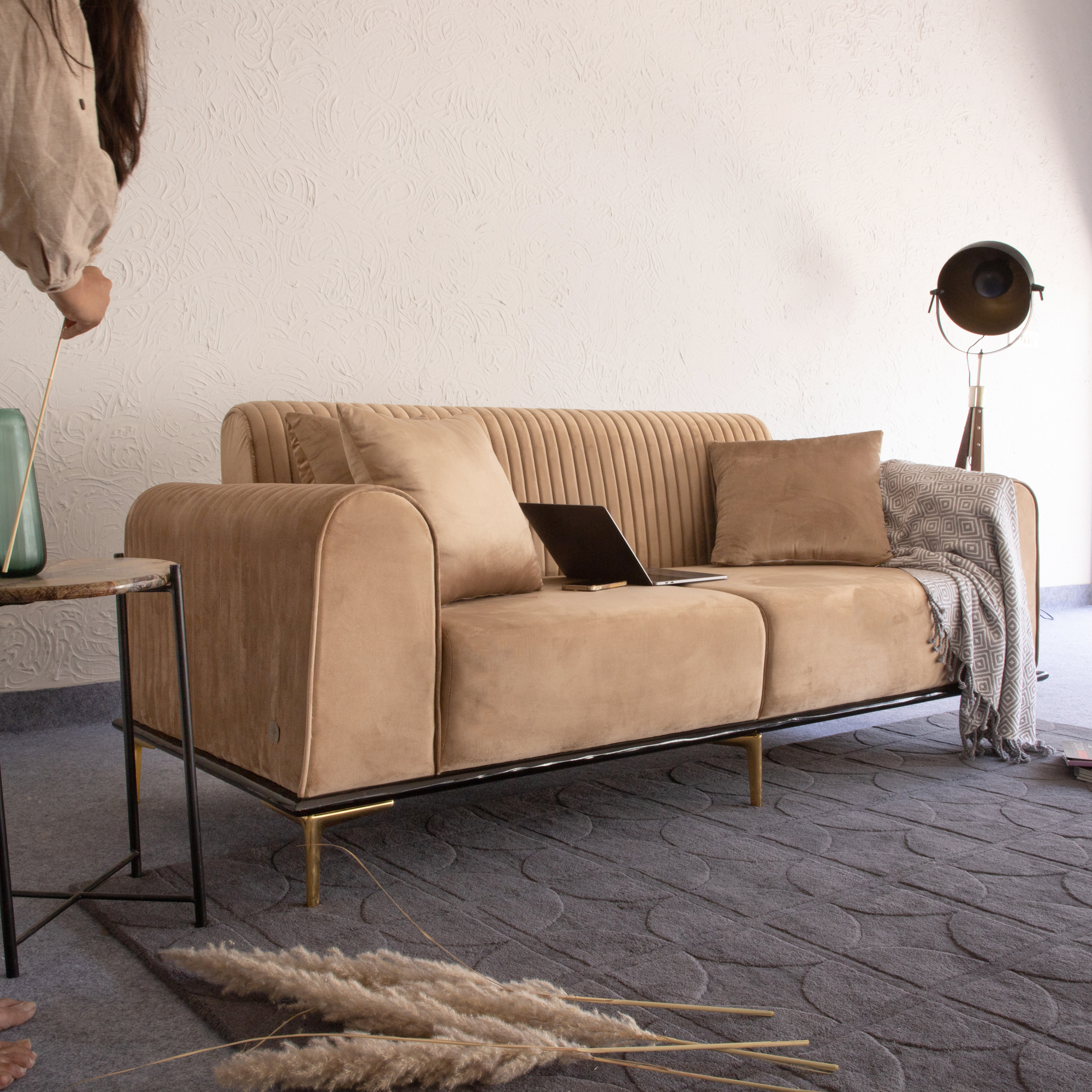
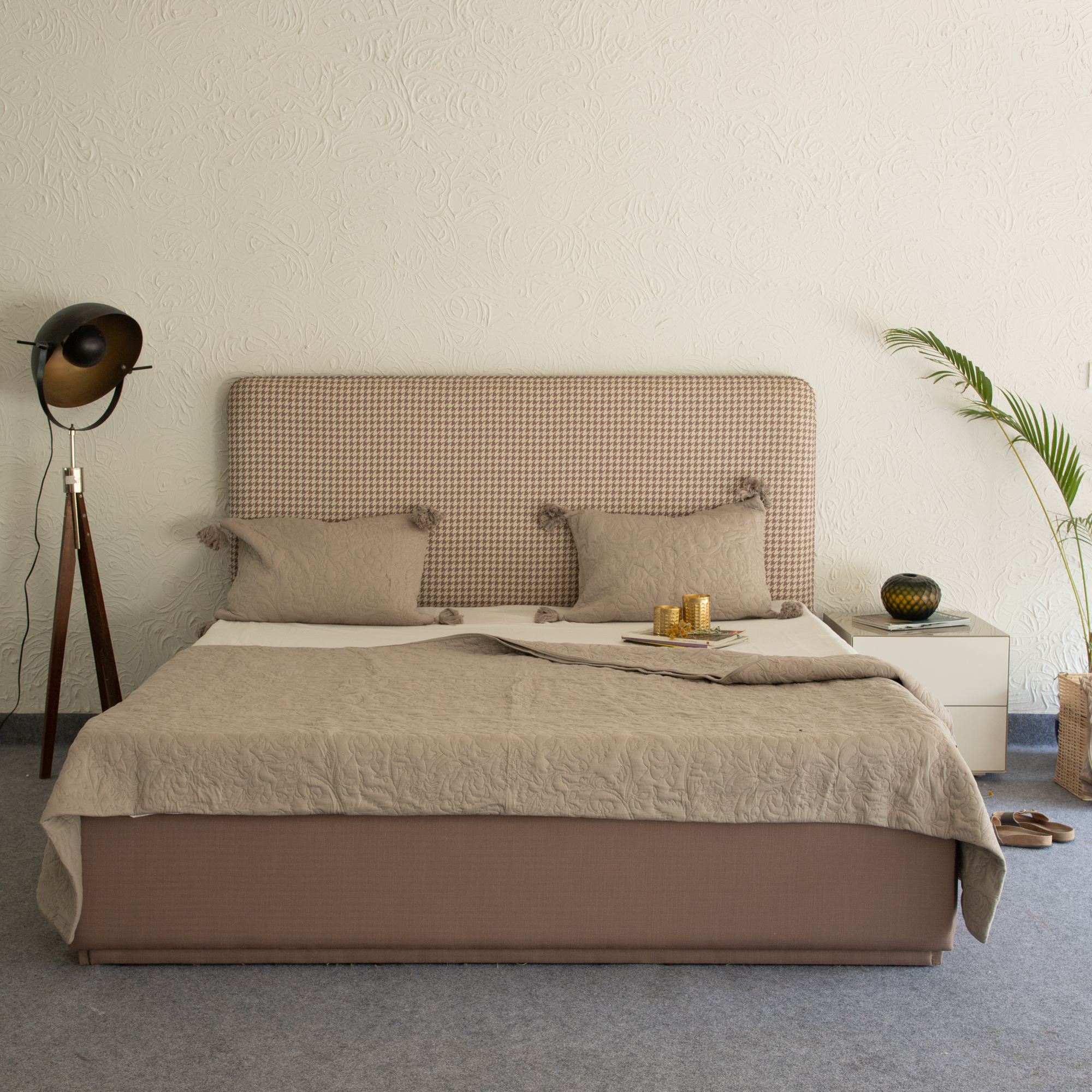
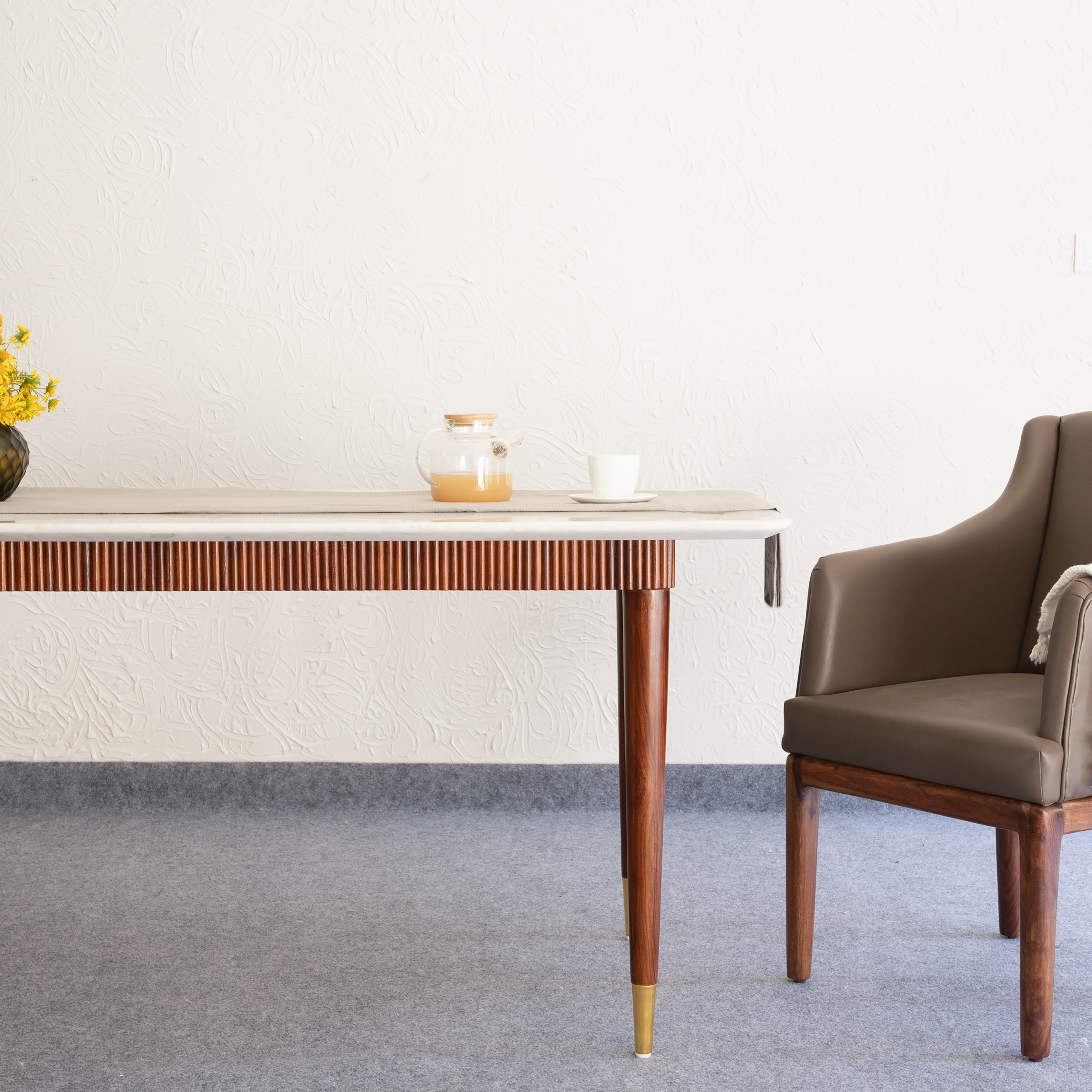
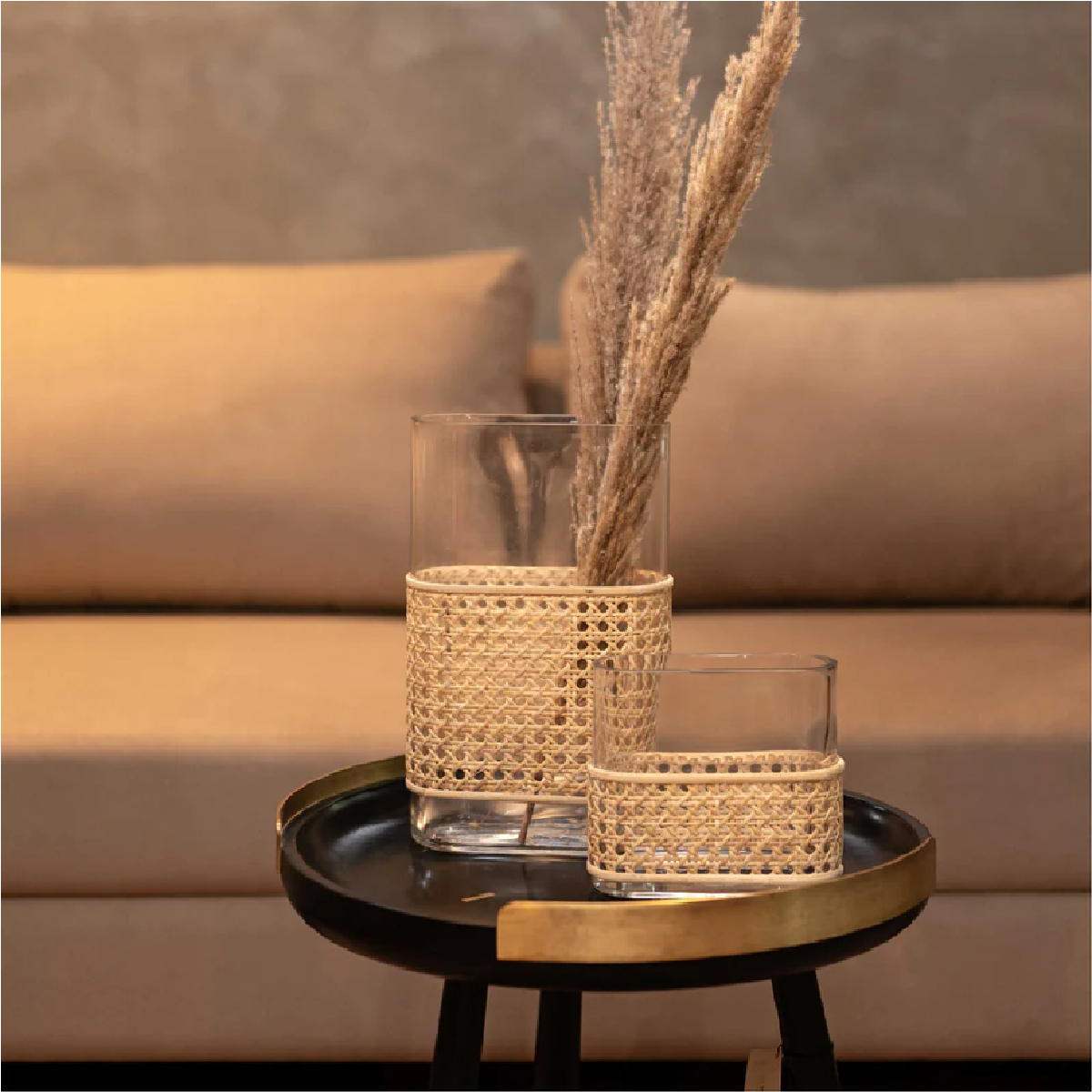
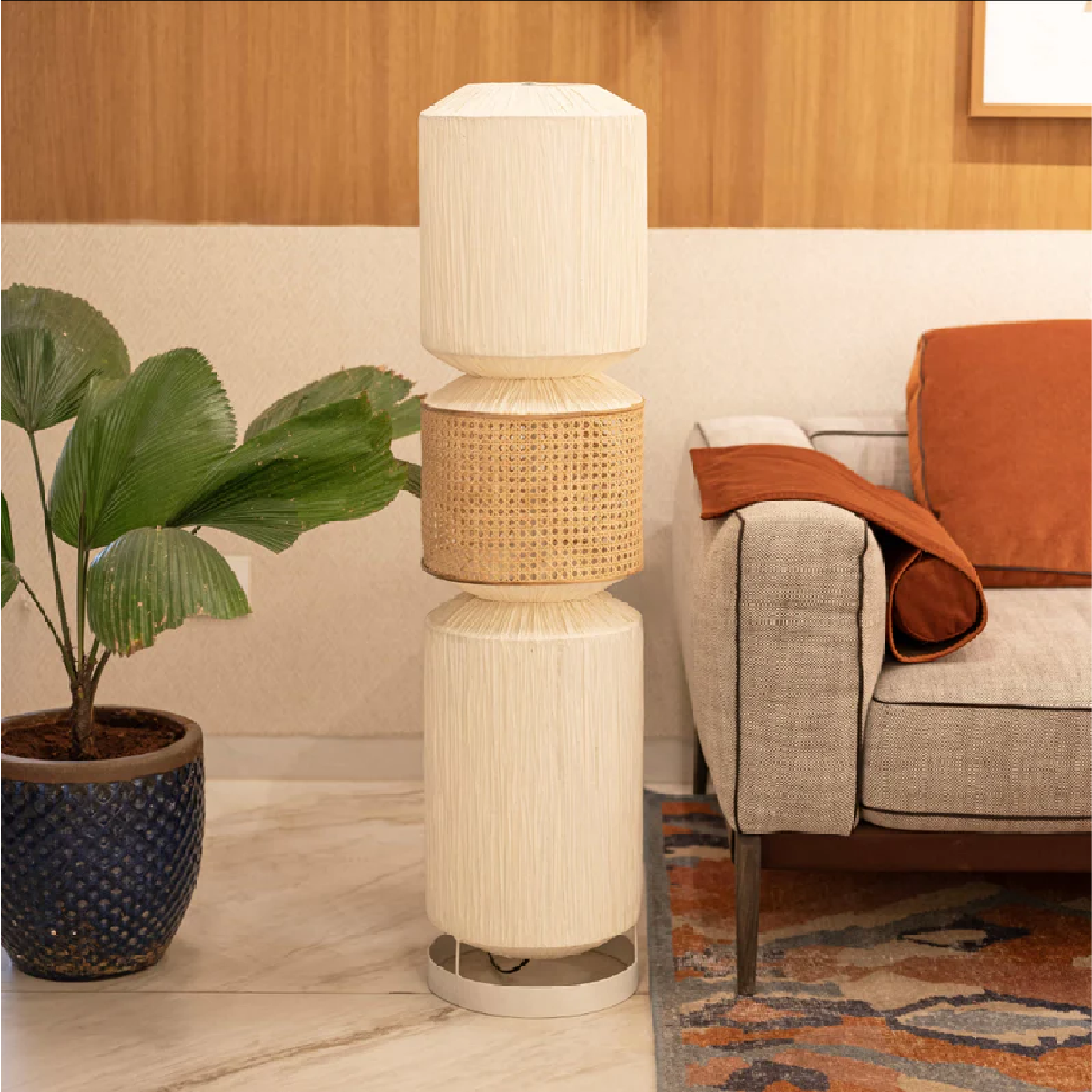
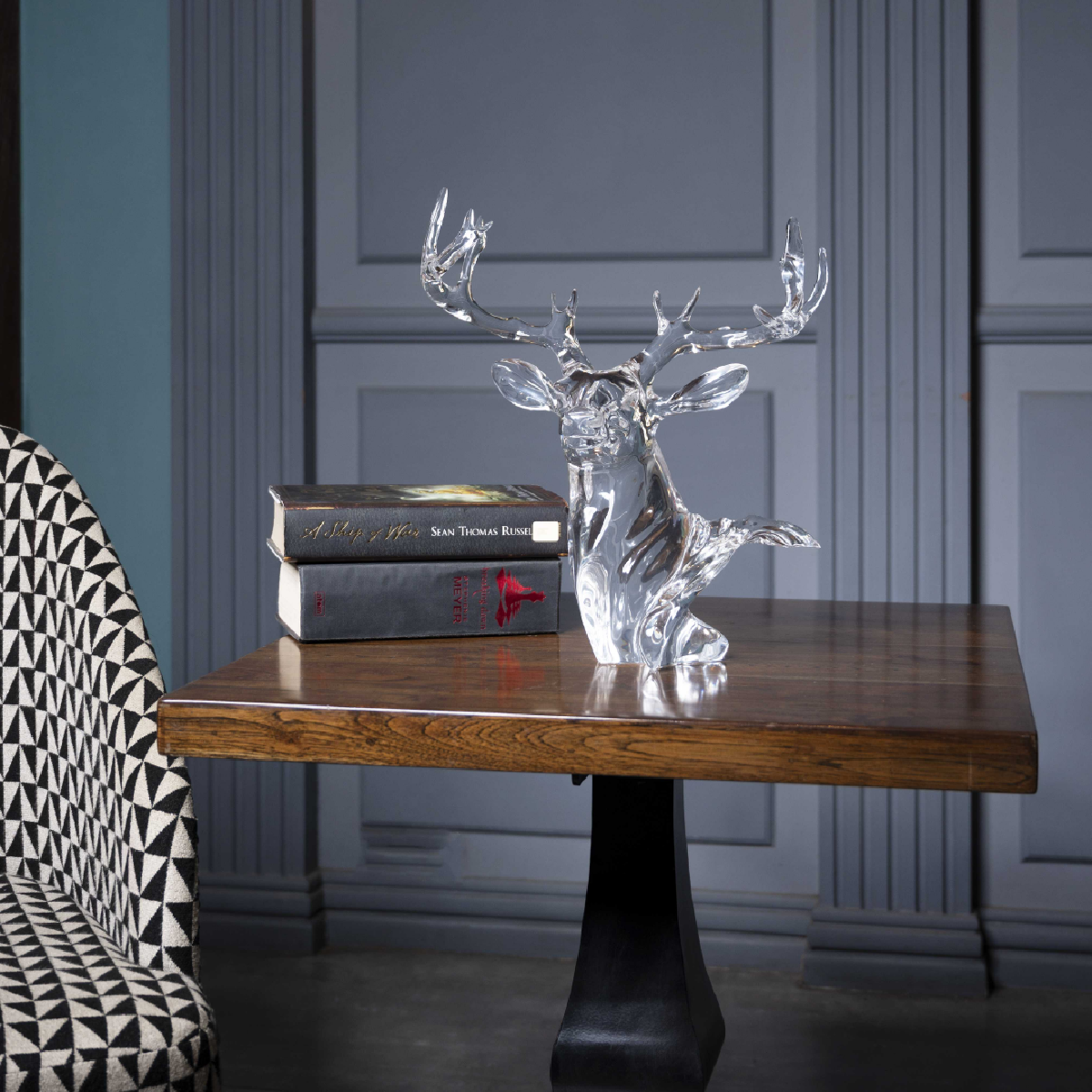
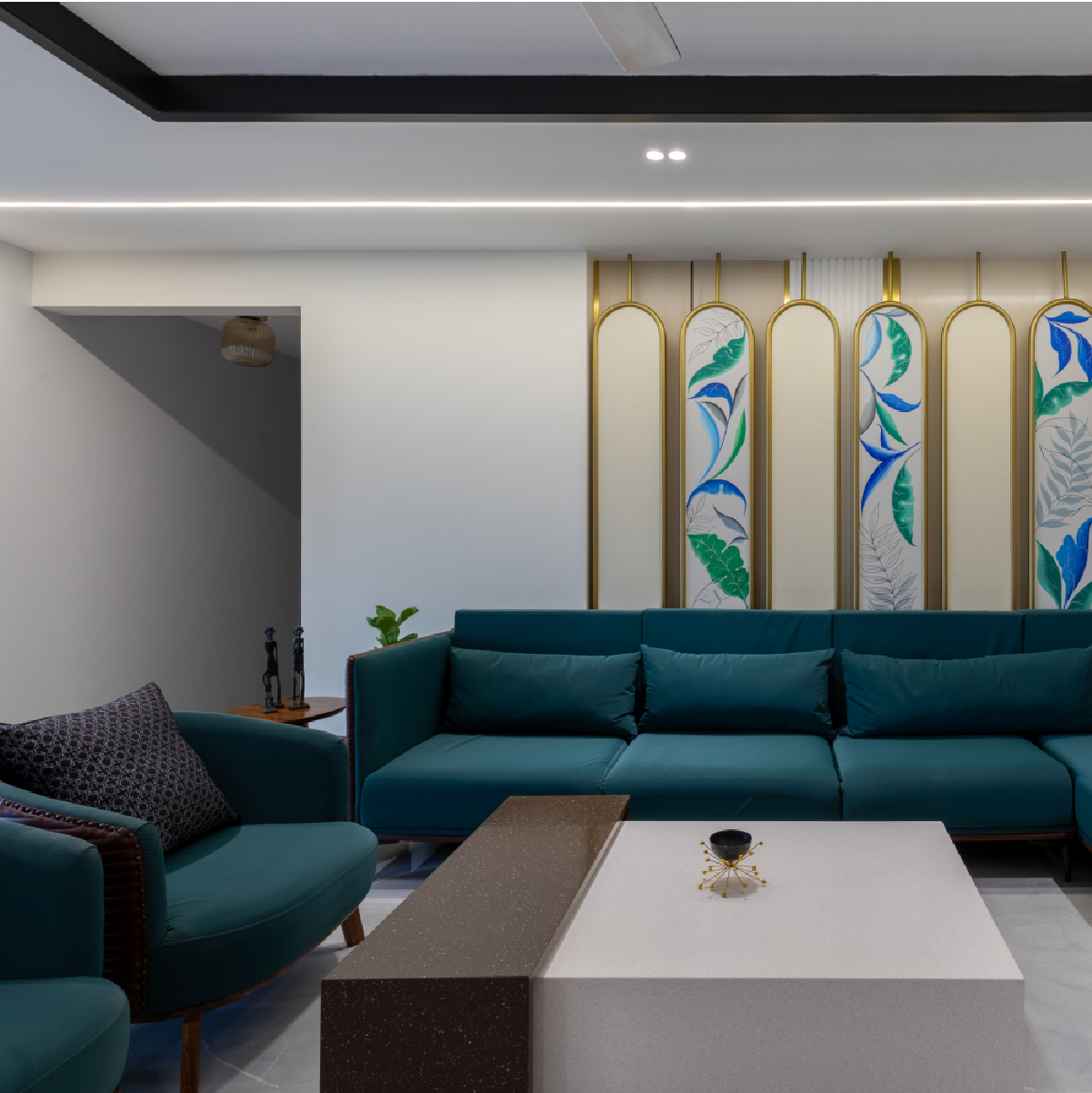
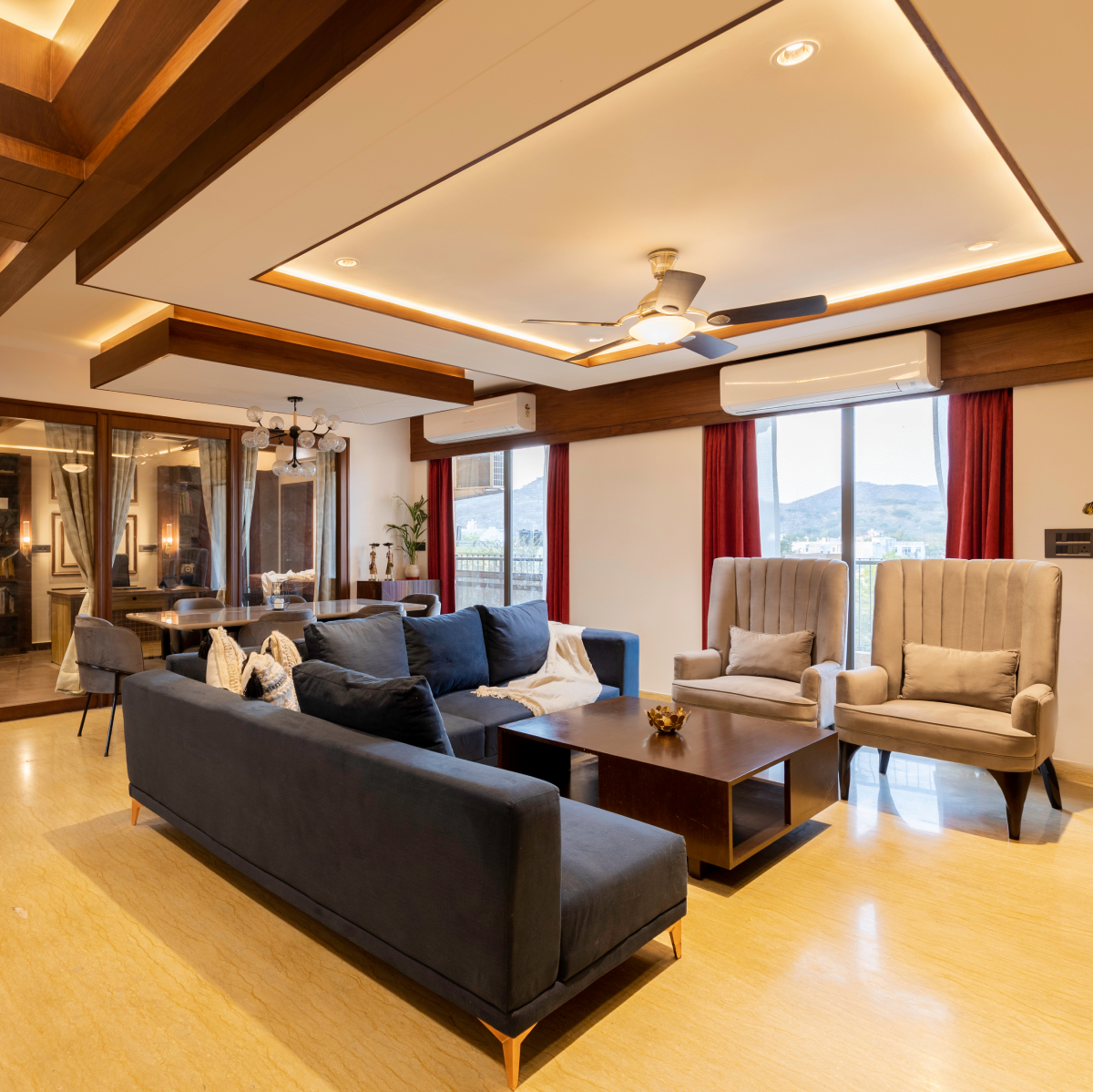
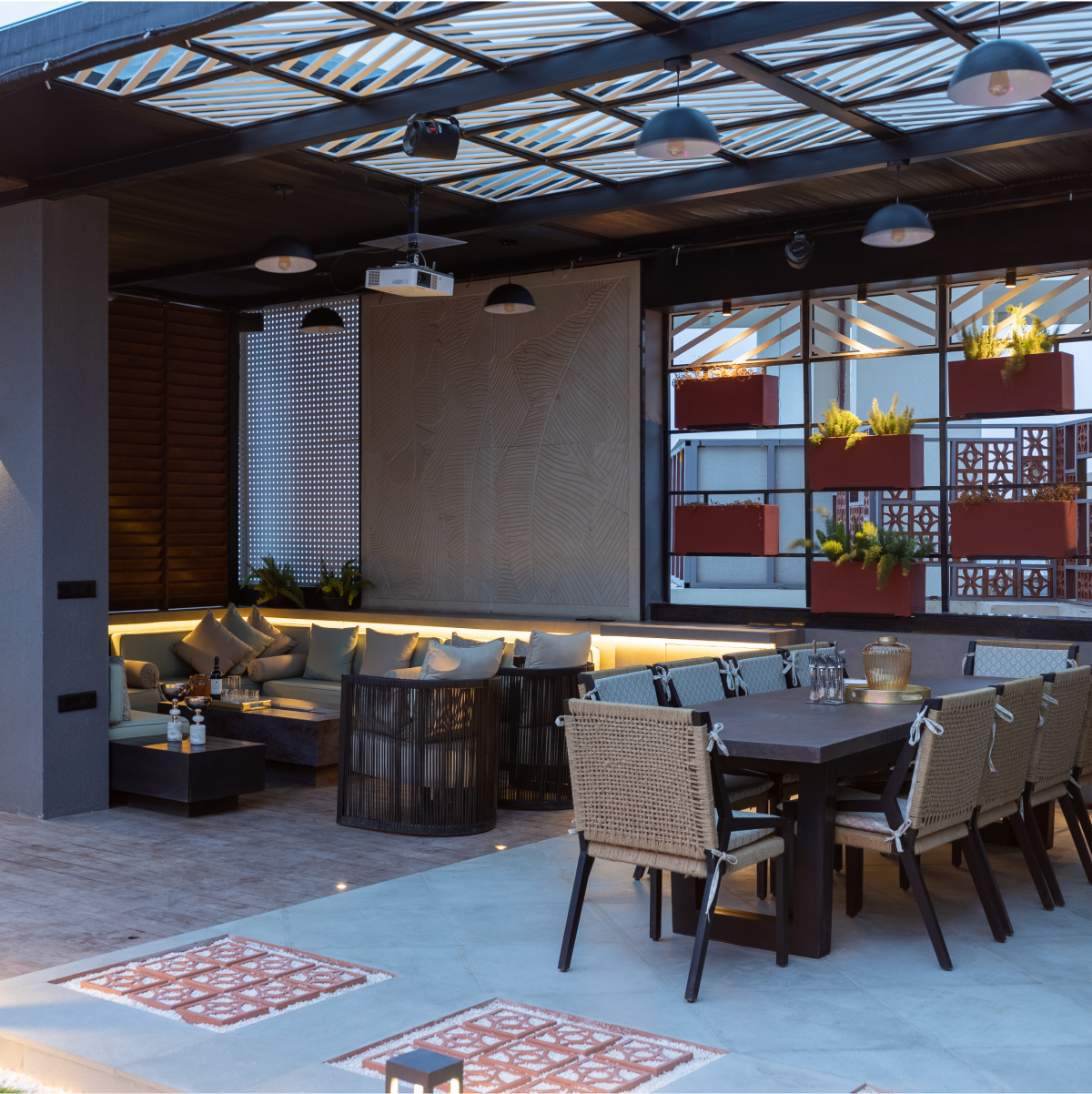
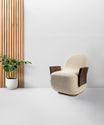
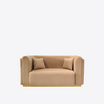
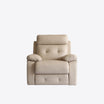
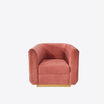
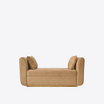
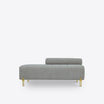

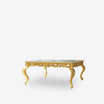

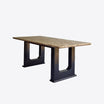
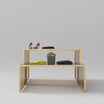
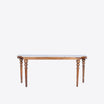
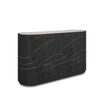
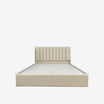
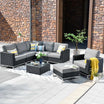
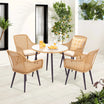
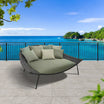
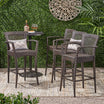
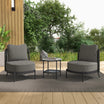
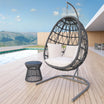

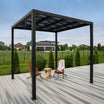

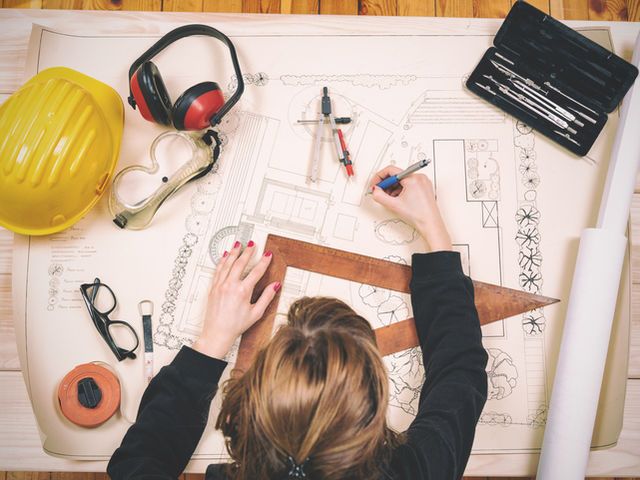
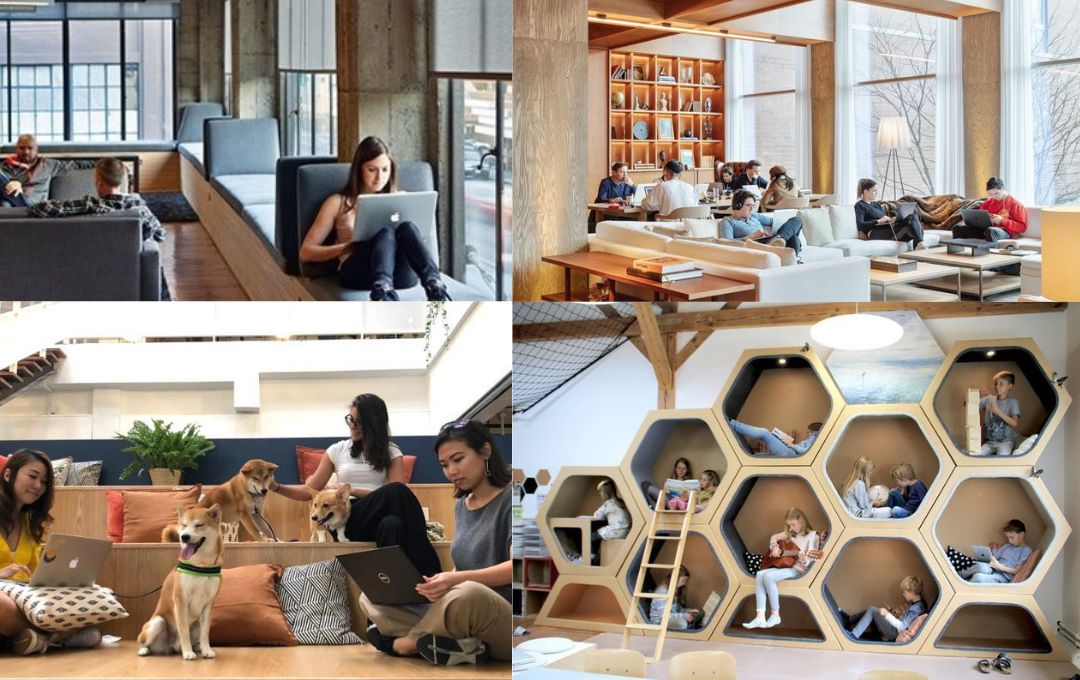
Leave a comment
This site is protected by hCaptcha and the hCaptcha Privacy Policy and Terms of Service apply.